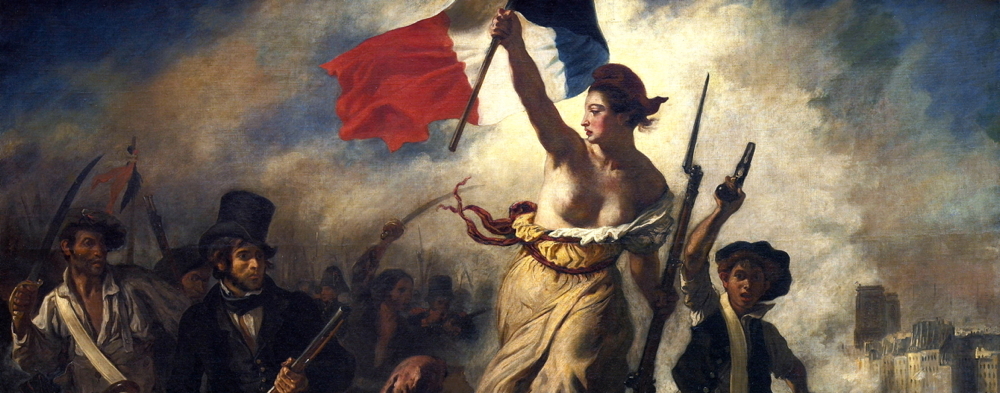
How to kill the Marxist zombie once and for all: or, how you can learn to stop worrying about S&M on campus.
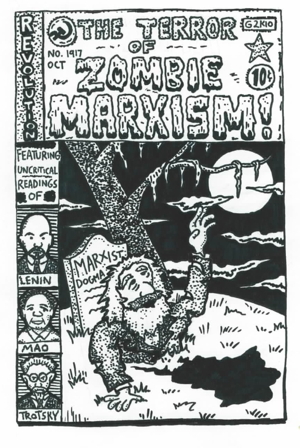
By David M. Hart, Director of the Online Library Project, Liberty Fund
< http://oll.libertyfund.org >
Date: 31 July, 2018
Further Reading and Resources on Socialism
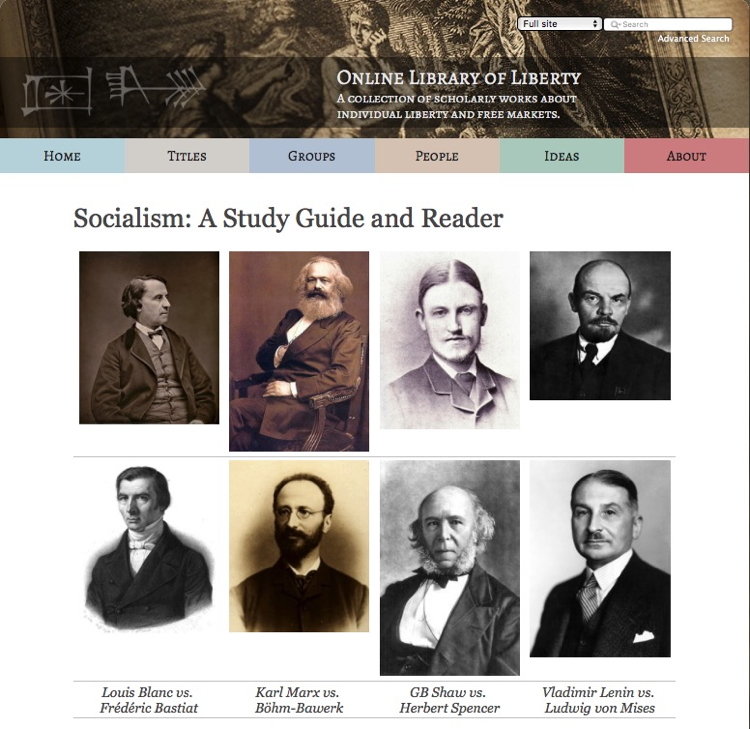
<oll.libertyfund.org/pages/socialism>

<http://oll.libertyfund.org/pages/oll-reader>
Marx and the Zombie connection: he knew he would haunt us from beyond the grave
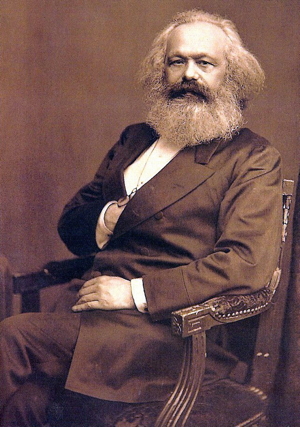
Karl Marx (1818-1883)
<http://oll.libertyfund.org/people/karl-marx>
“Men make their own history, but they do not make it as they please; they do not make it under self-selected circumstances, but under circumstances existing already, given and transmitted from the past. The tradition of all dead generations weighs like a nightmare on the brains of the living. And just as they seem to be occupied with revolutionizing themselves and things, creating something that did not exist before, precisely in such epochs of revolutionary crisis they anxiously conjure up the spirits of the past to their service, borrowing from them names, battle slogans, and costumes in order to present this new scene in world history in time-honored disguise and borrowed language.”
[18th Brumaire of Louis Napoléon (1851)]
Some evidence of renewed interest in S&M
- interest by youth in Bernie Sanders’ campaign in Democrat primaries
- acclaim for Picketty’s book Capital in the Twenty-First Century (Harvard, 2017)
- election (primary) of Alexandria Ocasio-Cortez in Bronx/Queens district June 2018 - “social democrat”
- millennials in YouGov surveys (UK, US, andAustralia)
- essays in NYT Opinion for 100th anniversary of Bolshevik Rev.
- making of film “The Young Marx” (2017)
- Teen Vogue article extolling KM “Everything You Should Know About Karl Marx” (May 2018)
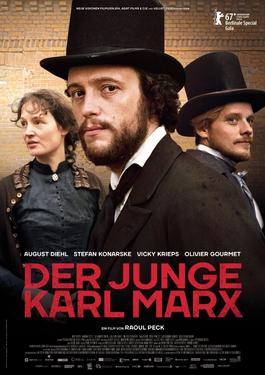
Movie Poster for Raoul Peck, “The Young Karl Marx” (2017)
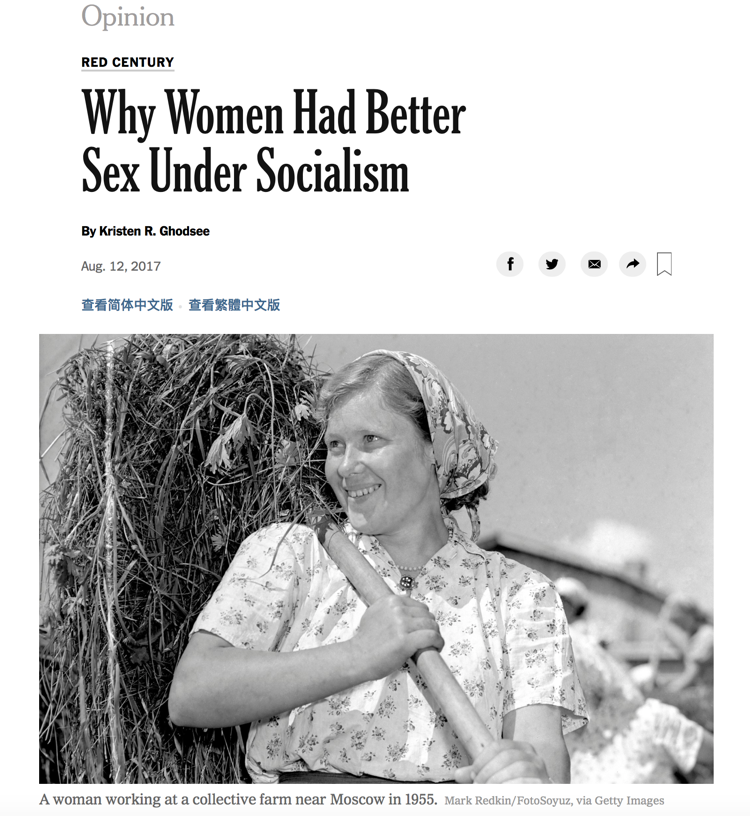
NYT opinion picture
The Fundamental Antagonism between Classical Liberalism and Socialism/Marxism (S&M)
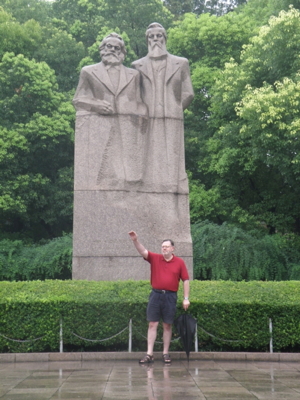
David hailing the bright communist future under the watchful gaze of Marx and Engels (Shanghai, 2009).
Slogans which Sum up the position
Marx: “Jeder nach seinen Fähigkeiten, jedem nach seinen Bedürfnissen!” (1875)
Louis Blanc: “De chacun selon ses facultés, à chacun selon ses besoins” (1851)
Trans: “To each according to their need, from each according to their ability!”
CL version: “To each with the consent of others, from each with their own consent.”
Trans: “You can’t take people’s stuff without their consent.”
Key Points for Arguing with a Socialist/Marxist (S&M)

Know something about what you are talking about:
- the history of S&M .
- the history of CL .
Keep in mind:
- what are our best and worst arguments?
- what are their best and worst arguments?
- sometimes the most effective arguments depend on the situation
Criticisms of S&M can be on several levels
- Economic arguments
- Political arguments
- Moral and Philosophical arguments
- Historical arguments
The Changing Face of Socialism/Marxism
- voluntary socialist communities (Robert Owen and Charles Fourier )
- state ownership of the means of production under the control of a “dictatorship of the proletariat” (die Diktatur des Proletariats) (Marx in the Communist Manifesto (1848) )
- state socialism (Staatssozialismus, Socialisme d’état) (Ferdinand Lassalle and perhaps also Otto von Bismarck in Germany, and Claudio Jennet in France)
- war socialism (Kriegssozialismus) during WW1
- national socialism (1920s-40s Germany)
- various forms of social democracy
- socialist parties (Social Democratic Party of Germany)
- welfare state socialism (New Deal America and post-WW2 Europe)
- Green socialism (The Greens)
- Interventionism (Ludwig von Mises) - hybrid welfare-warfare state.
A Brief History of CL opposition to S&M
There were four historical periods when socialism and CL clashed:
- 1840s France when organised socialism first made an appearance in the 1848 Revolution
- Louis Blanc and Joseph Proudhon vs. Frédéric Bastiat and Gustave de Molinari
- 1870s, 1880s and 1890s in western Europe when organised socialist parties began to emerge
- Germany: Karl Marx vs. Eugen von Böhm-Bawerk; Auguste Bebel vs. Eugen Richter
- England: George Bernard Shaw vs. Herbert Spencer, Thomas Mackay, Wordsworth Donisthorpe, Auberon Herbert
- France: Jennet and Gide vs. Frédéric Passy, Yves Guyot, Paul Leroy-Beaulieu
- 1920s and 1930s: when Mises first exposed the serious economic weaknesses in Marxist/Bolshevik central planning
- Lenin vs. Mises and Hayek
- 1980s and 1990s: a new younger generation of Austrian economists (Don Lavoie and Peter Boettke) examined weakness of planned economies on the eve of their collapse
The S&M Critique of the Free Market
Economic Arguments:
- private property is unjust
- wage labour “exploits” workers (labour theory of value)
- profit, interest, and land rent is unjust (unearned)
- competition hurts the workers (iron law of wages)
- the immiserisation of the workers
- the formation of monopolies
- periodic economic crises, overproduction
- the division of labour leads to “alienation”
- potential abundance is wasted or exploited
- free markets are chaotic and disorganized
Moral and Political Arguments:
- heartlessness of capitalism and selfish individualism
- the destruction of (traditional) community
- the growing power and wealth of the “capitalist class”
- unequal relationship between employers and labor
- growing inequality
- the free market is racist, sexist, etc.
- basic needs of the people are not met (food, shelter, medical)
How S&Ms planned to correct these problems: 1. The Communist Manifesto (1848)
- Abolition of property in land and application of all rents of land to public purposes.
- A heavy progressive or graduated income tax.
- Abolition of all rights of inheritance.
- Confiscation of the property of all emigrants and rebels.
- Centralisation of credit in the hands of the state, by means of a national bank with State capital and an exclusive monopoly.
- Centralisation of the means of communication and transport in the hands of the State.
- Extension of factories and instruments of production owned by the State; the bringing into cultivation of waste-lands, and the improvement of the soil generally in accordance with a common plan.
- Equal liability of all to work. Establishment of industrial armies, especially for agriculture.
- Combination of agriculture with manufacturing industries; gradual abolition of all the distinction between town and country by a more equable distribution of the populace over the country.
- Free education for all children in public schools. Abolition of children’s factory labour in its present form. Combination of education with industrial production, &c, &c.
How S&Ms planned to correct these problems: 2. The Fabian Socialist Manifesto (1884)
- Nationalization of the Land in some form is a public duty
- the State should compete with all its might in every department of production
- no branch of Industry should be carried on at a profit by the central administration
- Public Revenue should be raised by a direct Tax
- the State should compete with private individuals—especially with parents—in providing happy homes for children
- the sexes should henceforth enjoy equal political rights
- the State should secure a liberal education to each of its units
- the State should secure an equal share in the National Industry to each of its units
How S&Ms planned to correct these problems: 3. FDR’s New Deal (1935) & “Four Freedoms” (1941)
Second New Deal (1935–1936):
- Social Security Act - pensions, unemployment insurance, welfare
- National Labor Relations Act - workers collective bargaining through unions
- Fair Labor Standards Act of 1938 - maximum working hours and minimum wage
- Works Progress Administration - unemployment work relief
- Wealth Tax Act (Revenue Act of 1935) - very high progressive income tax
- Housing Act of 1937 - public housing projects
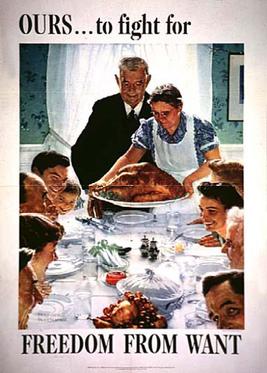
Norman Rockwell, “Freedom from Want” , (Saturday Evening Post, 1943).
Four Freedoms (1941):
- Freedom of speech
- Freedom of worship
- Freedom from want
- Freedom from fear
The CL Counter-Critique of S&M: Mythbusters
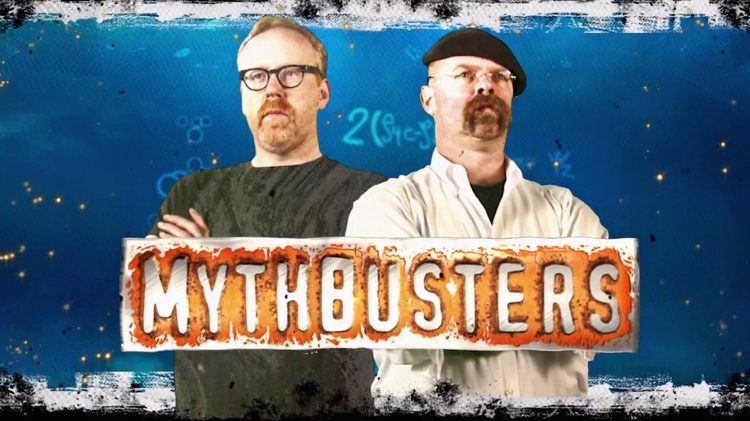
Some myths about S&M;
- the myth of the immiseration of workers: McCloskey’s “Great Enrichment”
- the myth of increasing monopolization: Schumpeter’s “creative destruction”; turning over of Fortune 500 companies
- the myth of prosperity for all under communism: the failure of communism to provide prosperity to ordinary people
- the myth that “central planning” will end the “chaos of the market” Mises - “planned chaos”)
- the myth that Socialism/Communism will be a “classless society”
- the myth that under S&M the state will “wither away”
- the myth that S&M will eliminate “inequality”
- the myth that wealth/capital will “reproduce itself” automatically: Marx, Picketty
The CL Counter-Critique of S&M: Counter-Theory 1
Some Economic Errors :
- the labour theory of value is false: subjective value theory
- people also need to be rewarded for taking risks;
- saving and investing for the future (time preference);
- being innovative, creative, “different”
- voluntary exchange does not “exploit”people: both parties benefit
- scarcity will never disappear:
- there will always be new wants to be satisfied and not enough resources to satisfy all of them at once;
- need to “prioritize” economic activity - role of prices in allocating resources
- the division of labour has massively increased productivity of workers and hence wages
- the “entrepreneur” is not an unproductive “parasite”: key role in seeing unmet opportunities and organising production to meet these efficiently
- competition is not “bad”:
- businesses compete for workers and for customers
- the final goal of economic activity is consumption not production for its own sake
- businesses produce goods and services for “consumers” whose preferences drive the direction of production
The CL Counter-Critique of S&M: Counter-Theory 2
Some Political and Other Issues:
- S&Ms were correct to point to periodic economic crises as a problem:
- 19thC economists did not have an adequate theory of crises
- modern Austrian theory of the business cycle (Mises, Hayek, Rothbard)
- long-term unsustainability of welfare states (taxes, debt, unemployment)
- private property is the key to individual liberty (self-ownership, the things one creates)
- the individual liberty problem: S&M gives priority to “society” (the people, the nation); individual liberty can be sacrificed for this “greater good”; they believe it is legitimate for the state to use violence (coerce) individuals
- the human nature problem: S&M think the human nature is malleable, CL think otherwise (self-interested, respond to incentives and disincentives)
- the “community” problem: voluntary vs. coerced forms of community (fraternity)
- the “public choice” problem: S&Ms ignore fact that all people have interests that they pursue; that public employees & politicians are not “disinterested” and “impartial” referees
- “inequality” is not unjust if wealth acquired justly (non-coercively)
- the problem of “utopianism”: who is the real “utopian”?
Where is “Utopia”?
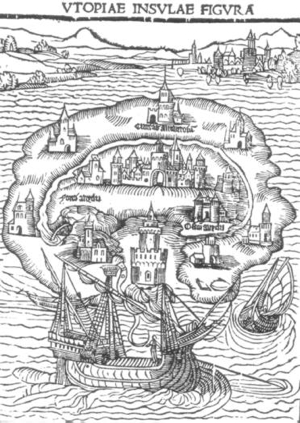
Title page of Thomas More’s Utopia (1516)
the importance of a “utopian vision” for S&M (equality, no property, no money):
- Thomas More (1478-1535), Utopia (1516) .
- Robert Owen (1771-1858), A New View of Society (1813) - New Harmony in Indiana .
- Charles Fourier (1772-1837), Le Nouveau monde industriel et sociétaire (1829) .
- Étienne Cabet (1788–1856) Icaria (1840) .
- Edward Bellamy (1850-1898) Looking Backward, 2000–1887 (1888)
even the arch anti-utopian “scientific socialist” Marx had a utopian vision of a communist society:
- in The German Ideology (1845)
“For as soon as the distribution of labour comes into being, each man has a particular, exclusive sphere of activity, which is forced upon him and from which he cannot escape. He is a hunter, a fisherman, a herdsman, or a critical critic, and must remain so if he does not want to lose his means of livelihood; while in communist society, where nobody has one exclusive sphere of activity but each can become accomplished in any branch he wishes, society regulates the general production and thus makes it possible for me todo one thing today and another tomorrow, to hunt in the morning, fish in the afternoon, rear cattle in the evening, criticise after dinner, just asI have a mind, without ever becoming hunter, fisherman, herdsman or critic. This fixation of social activity, this consolidation of what we ourselves produce into an objective power above us, growing out of our control, thwarting our expectations, bringing to naught our calculations, is one of the chief factors in historical development up till now.” [The German Ideology (1845)]
Where is the Classical Liberal “Utopia”?
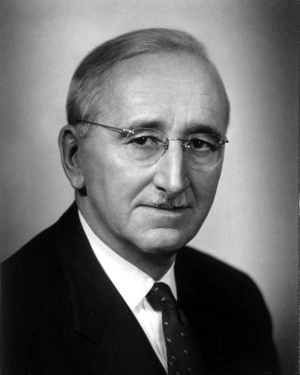
Friedrich Hayek (1899-1992)
In “The Intellectuals and Socialism” (1949) Hayek argued that having a utopian vision of a future socialist society was a powerful weapon in winning over intellectuals.
There had been CL utopian visions in the past:
- Cyrano de Bergerac, States and Empires of the Moon
(and the Sun) (1657)
- Voltaire, Candide (1759)
- Condorcet's "10th Epoch" (1794-5)
- Bastiat, "The Utopian" (1847); “Barataria”
- Herbert Spencer, “Political Prospects” (1876)
- Molinari, The Society of Tomorrow (1899)
- Henry Hazlitt, Time will run Back (1951)
- Ayn Rand, "Galt's Gulch" in Atlas Shrugged (1957)
And more recently:
- Robert Nozick's "A Framework for Utopia” (1974)
- Chandran Kukathas, “Liberal Archipelago” (2003)
“What we lack is a Liberal Utopia” - to win back the Zombies
Hayek:
“(S)o long as the people who over longer periods determine public opinion continue to be attracted by the ideals of socialism, the trend will continue. If we are to avoid such a development, we must be able to offer a new liberal program which appeals to the imagination. We must make the building of a free society once more an intellectual adventure, a deed of courage. What we lack is a liberal Utopia, a program which seems neither a mere defense of things as they are nor a diluted kind of socialism, but a truly liberal radicalism which does not spare the susceptibilities of the mighty (including the trade unions), which is not too severely practical, and which does not confine itself to what appears today as politically possible. We need intellectual leaders who are willing to work for an ideal, however small may be the prospects of its early realization. They must be men who are willing to stick to principles and to fight for their full realization, however remote. The practical compromises they must leave to the politicians. Free trade and freedom of opportunity are ideals which still may arouse the imaginations of large numbers, but a mere "reasonable freedom of trade" or a mere "relaxation of controls" is neither intellectually respectable nor likely to inspire any enthusiasm.”
“We need the Courage to be Utopian”
Hayek (cont’d):
“The main lesson which the true liberal must learn from the success of the socialists is that it was their courage to be Utopian which gained them the support of the intellectuals and therefore an influence on public opinion which is daily making possible what only recently seemed utterly remote. Those who have concerned themselves exclusively with what seemed practicable in the existing state of opinion have constantly found that even this had rapidly become politically impossible as the result of changes in a public opinion which they have done nothing to guide. Unless we can make the philosophic foundations of a free society once more a living intellectual issue, and its implementation a task which challenges the ingenuity and imagination of our liveliest minds, the prospects of freedom are indeed dark.
But if we can regain that belief in the power of ideas which was the mark of liberalism at its best, the battle is not lost. The intellectual revival of liberalism is already underway in many parts of the world. Will it be in time?”